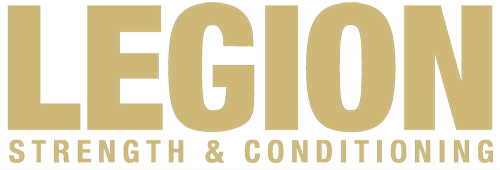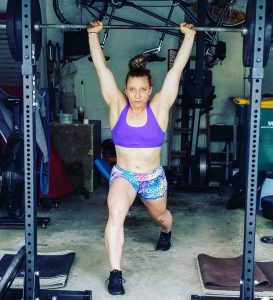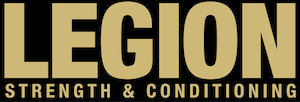Tempo Strength Work.
For some it’s the stuff of nightmares, for others it’s the road to improved strength, function and performance. The theory of tempo within training means designating a period of time to perform the eccentric, pause at the bottom, concentric and pause at the top in any movement.
There are many benefits to using a tempo when training but one of the biggest is the ability to keep your results accurate and measurable. The last time you performed a 5RM back squat did you take :05 at the top of the 4th rep to compose yourself? Did you drop to the bottom and bounce back up or did you control the descent and drive up? Without that data, it’s hard to understand the efficacy of your training.
There are several studies highlighting the benefits of increased time during the eccentric loading during strength training when measuring strength increases. A systematic review found that eccentric training led to higher strength and muscle mass levels across 20 different studies. This study found that doing sub maximal eccentric work led to higher levels of strength increase in comparison to overload eccentrics (negatives).
Another advantage to using a tempo is allowing for better movement mechanics. Ever find yourself hitting a heavy lift and you get slightly out of position? If you perform a lift with a set tempo, you’re more likely to stay within the ideal movement pattern as you will notice the difficulty increase as you move away from that position. Once you start to divert from an ideal pattern, the movement becomes less efficient – and therefore harder. Take a :02 eccentric phase on a back squat and you’re likely to be in a better position when you reach the bottom. Pause at the bottom for :05? It’s hard to do that unless your squat position is ideal.
The final thing we’re going to cover is the relation between tempo work and performance within CrossFit. On the surface, you may think that we don’t perform lifts at a tempo and we don’t extend the eccentric or concentric loading times on any lifts in competition. While that is true (other than saving lifts in our catch position) the ability to work in an anaerobic setting under load and maintain stability under muscular fatigue is hugely important. That feeling you get after a :30 max effort assault bike sprint is referred to as EPOC (excess post-exercise oxygen consumption). Fran Lung? EPOC. This study highlighted the increased EPOC following increased time under tension from lifting – that’s how you make your set of 5 front squats relevant to improving your anaerobic capacity for a competitive workout (We’re ignoring the obvious benefits of increased 1RM here, as that’s kind of obvious.)
So next time you see Tempo 3112 in your training, stick to it. The suck of turning your lifting sets from :15 of work to :30 are going to help you in more than one way.



